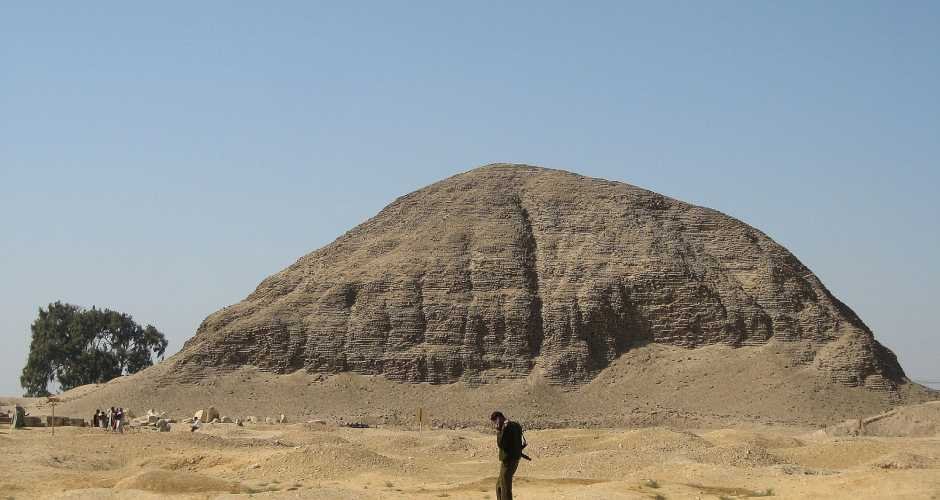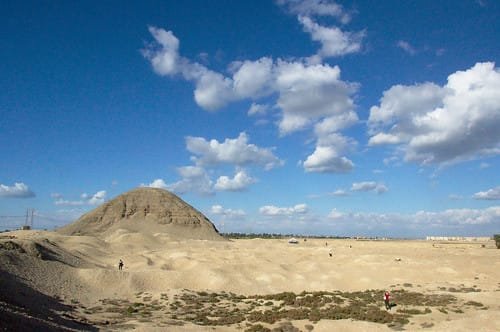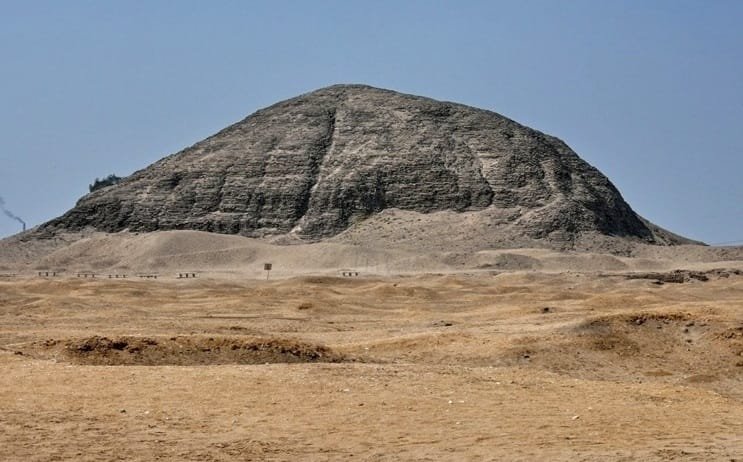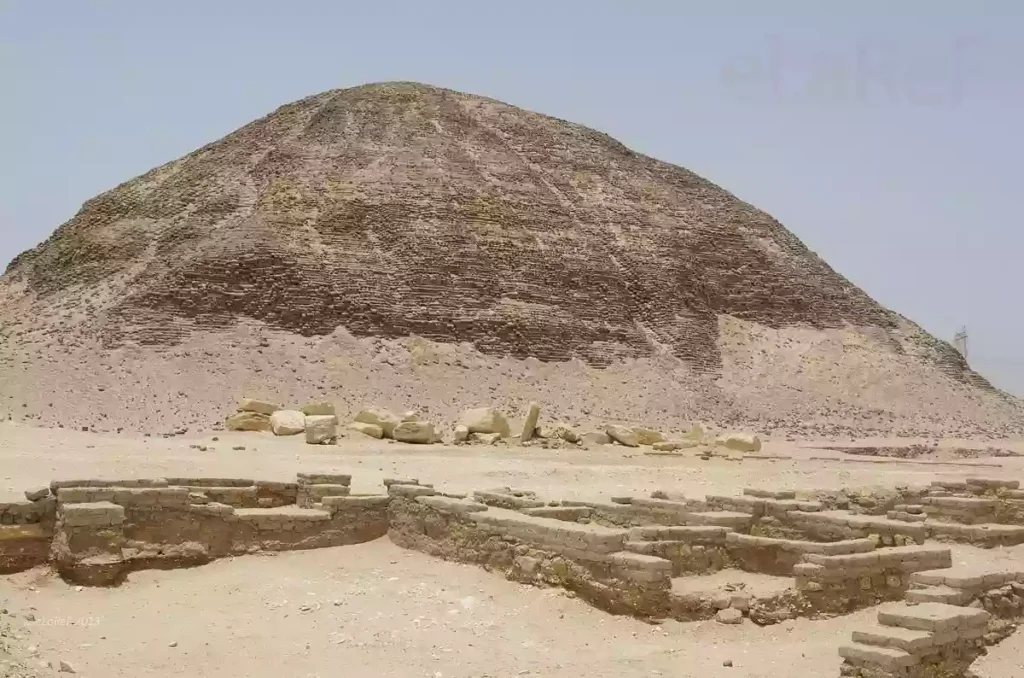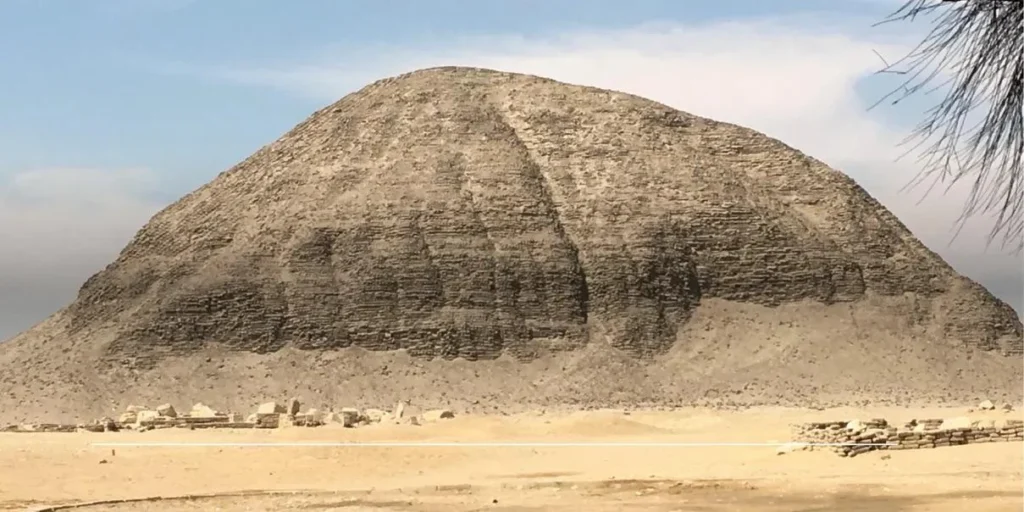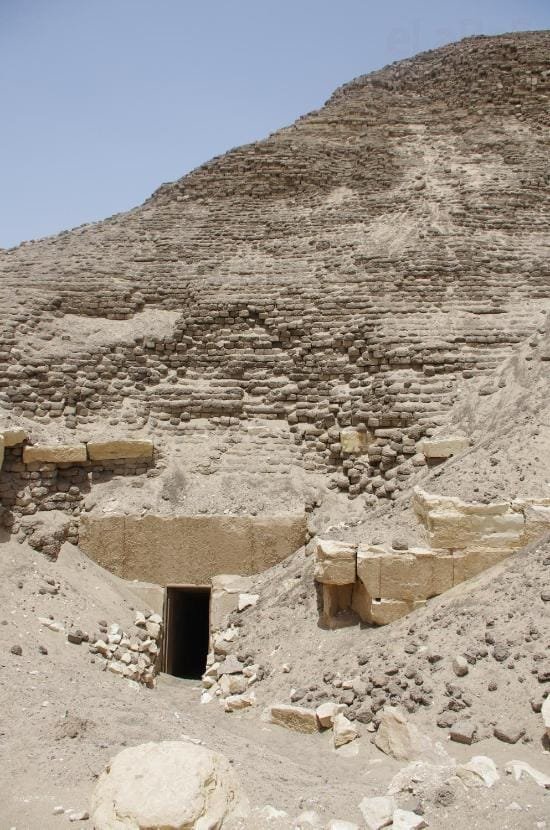The Hawara Pyramids, located in Egypt’s Faiyum region, are a significant but often overlooked archaeological site that provides a fascinating look into Egypt’s Middle Kingdom period (c. 2055–1650 BCE). The site is best known for the pyramid of Pharaoh Amenemhat II, a ruler of the Twelfth Dynasty, and its connection to the legendary “Labyrinth” described by ancient historians like Herodotus. Although the pyramids at Hawara are not as famous as the Great Pyramids of Giza, they hold immense historical and archaeological importance.
The Hawara Pyramids are located about 90 kilometers southwest of Cairo, nestled in the vast desert landscape. The main pyramid of Amenemhat II, originally built as a grand tomb, is now a ruin, but its remnants still showcase the grandeur of Middle Kingdom architecture. Surrounding the pyramid are numerous tombs and burial sites of officials and family members, adding depth to the site’s historical significance.
In addition to the pyramid itself, Hawara is renowned for the remains of the mysterious “Labyrinth,” an ancient structure that was said to rival the wonders of the world in its complexity and beauty. Though largely lost to time, the stories surrounding the labyrinth continue to capture the imagination of archaeologists and visitors alike.


